Are you considering getting an English Mastiff as a pet? If so, you’re in for a treat! English Mastiffs are one of the largest dog breeds, known for their gentle and loyal nature. These dogs are great with children and make excellent family pets. However, before bringing an English Mastiff into your home, it’s important to understand their unique needs and characteristics. In this article, we’ll explore what it’s like to own an English Mastiff and what you should consider before making this big decision.
Breed Category: Working
Country of Origin: England
Average Size:76-86 cm (at the shoulder)
Average Weight:68-110 kg
Average Life Span: 6-10 years
Grooming Requirements: Moderate
Exercise Requirements:Low
History and Origin
The English Mastiff is a breed of dog that has a long and fascinating history. It is believed that the breed originated in Britain, where it was used as a guard dog and a hunting dog. The breed is known for its large size, strength, and loyalty, and it has been a popular choice for families and individuals for centuries.
The exact origins of the English Mastiff are not known, but it is believed that the breed is descended from ancient Molossian dogs that were brought to Britain by Phoenician traders. These dogs were used by the Romans as war dogs, and they were also used for hunting and guarding. Over time, the breed was refined and developed into the English Mastiff that we know today.
During the Middle Ages, the English Mastiff was a popular choice for nobility and royalty. The breed was used as a guard dog and as a hunting dog, and it was also used for bear-baiting and bull-baiting. In the 16th century, the breed was exported to other parts of Europe, where it became popular with the aristocracy.
In the 18th and 19th centuries, the English Mastiff was used as a guard dog and as a companion dog. The breed was also used in dog fighting, which was a popular sport at the time. However, as attitudes towards animal welfare changed, dog fighting was banned, and the breed’s popularity declined.
Today, the English Mastiff is still a popular breed, although it is no longer used for hunting or fighting. The breed is known for its gentle nature and its loyalty to its owners. English Mastiffs are often used as therapy dogs and as service dogs, and they are also popular as family pets.
In conclusion, the English Mastiff is a breed of dog with a long and fascinating history. From its origins as a war dog and a hunting dog to its current role as a companion and therapy dog, the breed has played an important role in the lives of people for centuries. Whether you are looking for a loyal and protective guard dog or a gentle and loving family pet, the English Mastiff is a breed that is sure to win your heart.
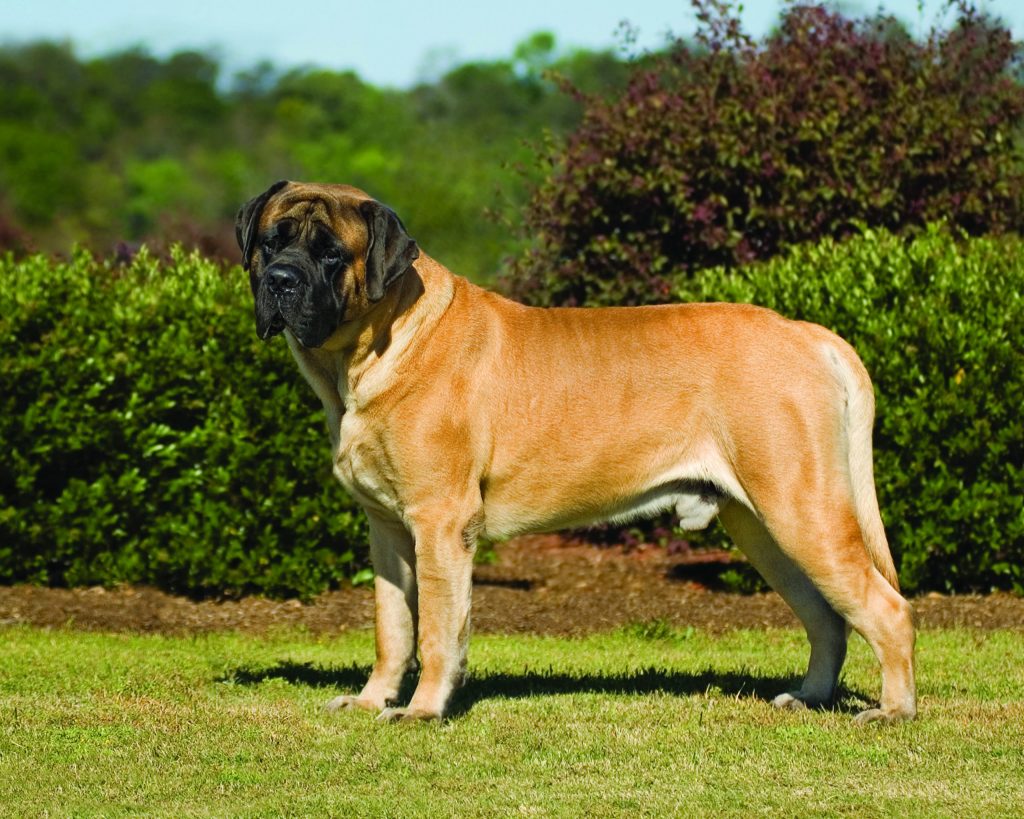
Size and Breed Category
The English Mastiff is a giant breed of dog that is known for its impressive size and strength. These dogs can weigh up to 120 kilograms and stand up to 76 centimeters tall at the shoulder. They have a broad, muscular build and a short, dense coat that can be fawn, apricot, or brindle in color. Despite their intimidating appearance, English Mastiffs are known for their gentle and affectionate nature, making them popular family pets.
English Mastiffs fall into the category of working dogs, which means they were originally bred for a specific purpose. In the case of the Mastiff, they were used as guard dogs and to protect livestock from predators. Their size and strength made them well-suited for this role, and they were also used in battles and as hunting dogs. Today, English Mastiffs are still used as guard dogs and are also popular show dogs due to their impressive size and regal appearance.
Fur Length and Colour
The fur of the English Mastiff is typically short and dense, providing a smooth and glossy appearance. The fur is usually a solid color, with shades ranging from fawn to apricot. Some Mastiffs may have a black mask on their face, adding a striking contrast to their fur. The fur on their ears and tail may be slightly longer than the rest of their body, adding a touch of elegance to their appearance. Overall, the fur of the English Mastiff is a defining feature of their majestic and regal appearance.
The color of the English Mastiff’s fur can vary greatly, with some individuals having a darker or lighter shade than others. The fur may also have a brindle pattern, with stripes of a darker color running through the base color. The fur of the Mastiff is not only aesthetically pleasing, but it also serves a practical purpose. The dense fur provides insulation, keeping the Mastiff warm in colder temperatures. Additionally, the short fur makes grooming relatively easy, requiring only occasional brushing to maintain its glossy appearance. Overall, the fur of the English Mastiff is a beautiful and functional aspect of their physical appearance.
Termperament and Trainability
English Mastiffs are known for their calm and gentle temperament. They are typically very patient and tolerant, making them great family pets. However, they can also be protective of their owners and territory, which makes them excellent guard dogs. Mastiffs are not typically aggressive, but they can be stubborn and independent, which can make training a challenge. It is important to start training early and use positive reinforcement techniques to encourage good behavior. With patience and consistency, Mastiffs can be trained to be well-behaved and obedient.
English Mastiffs are a large breed and require plenty of exercise to stay healthy and happy. They are not particularly energetic, but they do need regular walks and playtime to prevent boredom and destructive behavior. Mastiffs are also prone to certain health issues, such as hip dysplasia and bloat, so it is important to monitor their diet and exercise routine. Despite their size, Mastiffs are generally good with children and other pets, but they do require socialization and training to ensure they behave appropriately. Overall, English Mastiffs are loyal and loving companions that make great additions to any family.
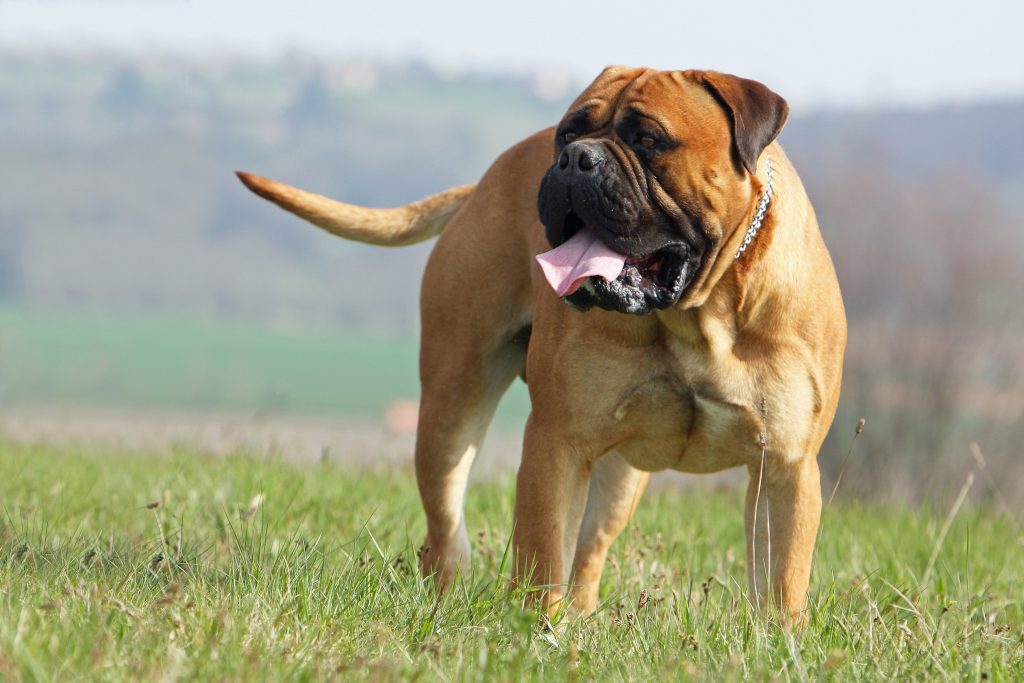
Known Health Conditions
English Mastiffs are prone to a number of health conditions, including hip dysplasia, elbow dysplasia, and gastric torsion. Hip dysplasia is a genetic condition that affects the hip joint, causing pain and discomfort. Elbow dysplasia is a similar condition that affects the elbow joint, causing lameness and arthritis. Gastric torsion, also known as bloat, is a life-threatening condition that occurs when the stomach fills with gas and twists on itself, cutting off blood flow to the organs. This can lead to shock and death if not treated immediately. Other health conditions that English Mastiffs may be prone to include heart disease, eye problems, and skin allergies.
In addition to these genetic health conditions, English Mastiffs are also at risk for obesity and joint problems due to their large size. It is important to monitor their diet and exercise to prevent these issues. They may also be prone to heat stroke in hot weather, as their thick coat and large size can make it difficult for them to regulate their body temperature. Regular veterinary check-ups and preventative care can help to identify and manage any health issues that may arise in English Mastiffs.

Openness to Strangers
English Mastiffs are known for their friendly and welcoming nature towards strangers. They are a breed that is naturally inclined to be sociable and approachable, making them great companions for families and individuals alike. With their calm and gentle temperament, they are often sought after as therapy dogs and are known to be excellent with children. Their size and strength can be intimidating, but their friendly disposition makes them a popular choice for those looking for a loyal and loving pet.
Despite their size, English Mastiffs are not aggressive towards strangers and are known to be very patient and tolerant. They are not known to be barkers, which can make them seem aloof, but they are always watching and observing their surroundings. They are quick to pick up on their owner’s emotions and will often mirror their behaviour. This makes them great companions for those who are looking for a dog that is both loyal and empathetic. Overall, English Mastiffs are a breed that is known for their friendly and welcoming nature, making them a popular choice for those looking for a gentle giant to share their home with.
Playfulness Level
The English Mastiff is a dog breed that is known for its playful nature. They are highly energetic and love to play with their owners. They are also very social animals and enjoy the company of other dogs. The Playfulness Level of the English Mastiff is high, and they are always ready to play. They are very active and require a lot of exercise to keep them healthy and happy. They love to run, jump, and play fetch. They are also very intelligent and can be trained to do a variety of tricks and tasks. Overall, the Playfulness Level of the English Mastiff is very high, and they are a great choice for families who are looking for a fun and active pet.
The English Mastiff is a breed of dog that is known for its playful nature. They are very friendly and love to play with their owners. They are also very loyal and protective of their family. The Playfulness Level of the English Mastiff is high, and they are always ready to play. They are very social animals and enjoy the company of other dogs. They are also very intelligent and can be trained to do a variety of tricks and tasks. Overall, the Playfulness Level of the English Mastiff is very high, and they are a great choice for families who are looking for a fun and active pet.
Suitability as a Pet for Children
English Mastiffs have a calm and gentle temperament, making them a suitable pet for children. They are loyal and protective of their family, making them great watchdogs. They require moderate exercise and are content with short walks. They are prone to health issues, so regular vet check-ups are necessary. They have a short coat that requires minimal grooming. English Mastiffs are a good choice for families with older children who can handle their size and strength.
Exercise Needs
English Mastiffs require a significant amount of exercise to maintain their physical and mental health. As a large breed, they need plenty of space to move around and stretch their legs. A daily walk of at least 30 minutes is essential, but they will benefit from longer walks or runs if possible. Mastiffs also enjoy playing games such as fetch or tug-of-war, which can provide additional exercise and mental stimulation. It is important to note that Mastiffs should not be over-exercised, especially when they are young and their bones are still developing. Over-exercising can lead to joint problems and other health issues.
In addition to physical exercise, English Mastiffs also require mental stimulation to prevent boredom and destructive behavior. Mastiffs are intelligent dogs and enjoy learning new things, so training sessions can be a great way to provide mental exercise. Puzzle toys and interactive games can also keep their minds engaged. Mastiffs are known for their love of food, so using treats as a reward during training or playtime can be effective. It is important to monitor their food intake, however, as Mastiffs are prone to obesity. Overall, providing a balance of physical and mental exercise is crucial for the health and happiness of English Mastiffs.
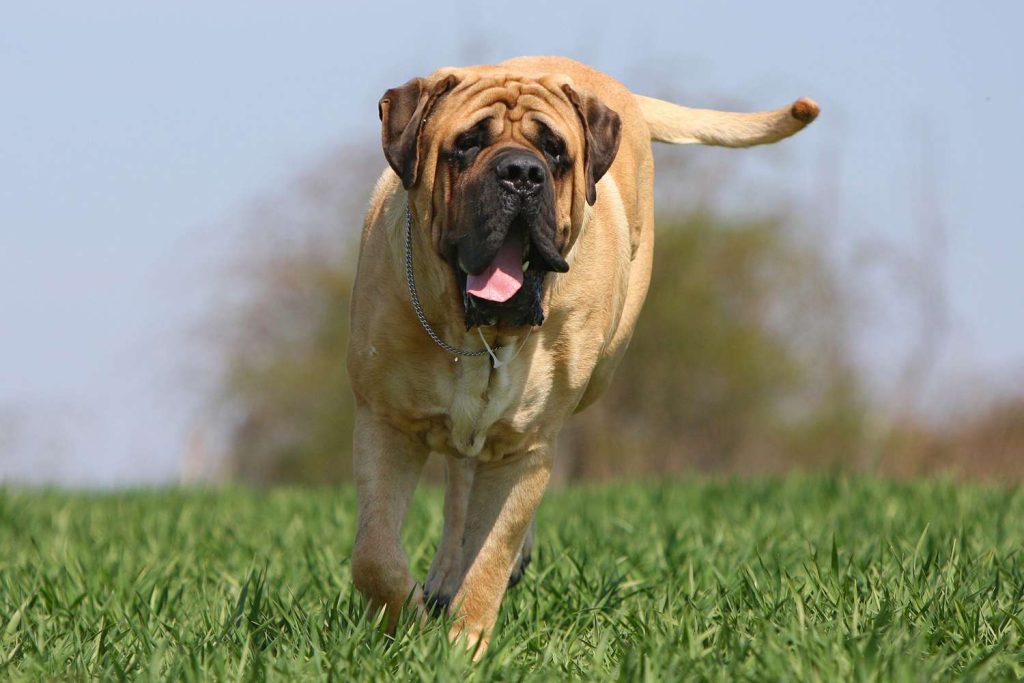
Suitability for a Multi-Pet Family
English Mastiffs have a reputation for being gentle giants. They are known to be loyal and protective of their families. When it comes to other pets, it really depends on the individual dog’s temperament and socialization. Some English Mastiffs may get along well with other pets, while others may not. It’s important to introduce them to other animals slowly and carefully, and to supervise their interactions. With proper training and socialization, English Mastiffs can coexist peacefully with other pets.
Housing Requirements
English Mastiffs require a spacious living area that can accommodate their large size. They need a minimum of 30 square meters of indoor space, with a ceiling height of at least 2.5 meters. The area should be well-ventilated and have access to natural light. The flooring should be non-slip and easy to clean, as Mastiffs tend to drool and shed a lot. They also need a comfortable bed that can support their weight and provide adequate cushioning for their joints. Additionally, Mastiffs require access to a secure outdoor area where they can exercise and relieve themselves. The outdoor area should be at least 50 square meters and have a sturdy fence that can withstand their strength.
English Mastiffs also require a balanced diet that meets their nutritional needs. They need a high-quality dog food that is rich in protein and low in fat. Mastiffs are prone to obesity, so it is important to monitor their food intake and provide them with regular exercise. They also need access to fresh water at all times. Mastiffs are prone to certain health issues, such as hip dysplasia and bloat, so it is important to provide them with regular veterinary care and monitor their health closely. Mastiffs are loyal and affectionate dogs that thrive on human companionship, so they need a loving and attentive owner who can provide them with plenty of attention and affection.
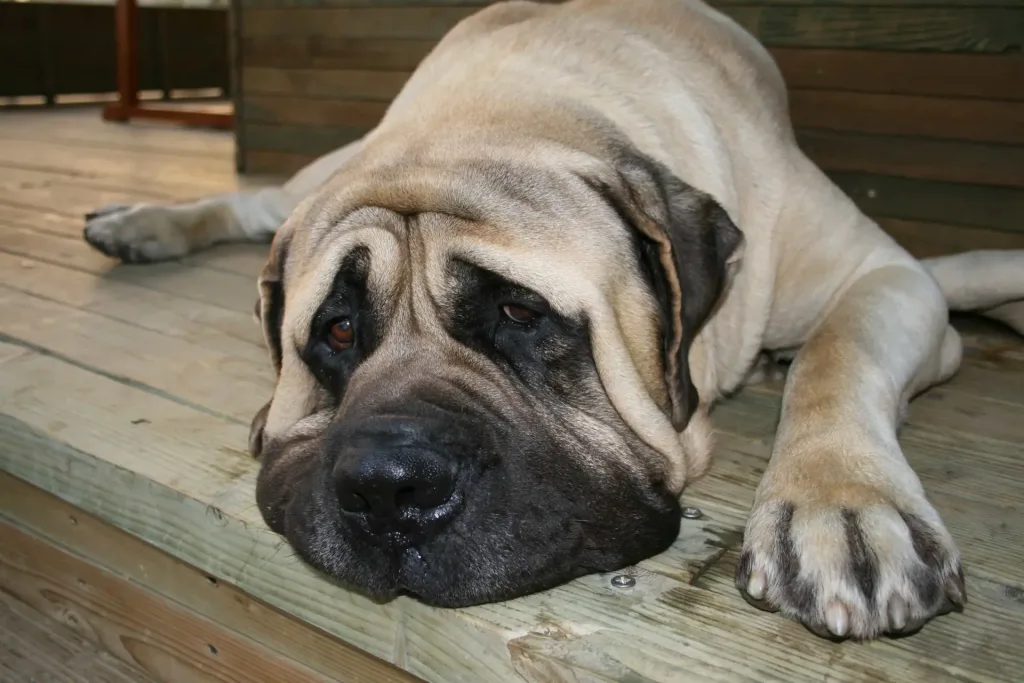
Summary
English Mastiffs can make great pets for those who have the space and time to care for them properly. They are known for their loyalty and gentle nature, making them good companions for families with children. However, due to their large size, they require plenty of exercise and a spacious living environment. Additionally, their size can make them expensive to feed and care for, so potential owners should be prepared for the financial commitment. Overall, English Mastiffs can be wonderful pets for the right owner who is willing to provide them with the care and attention they need.
English Mastiff Dog FAQS
English Mastiffs can be stubborn and require consistent training and socialization from a young age.
Yes, English Mastiffs are known for being gentle and protective with children.
Yes, English Mastiffs are prone to health issues such as hip dysplasia, bloat, and heart problems.
No, English Mastiffs are large dogs and require a lot of space to move around. They are better suited for homes with a yard.
English Mastiffs are not very active and require moderate exercise, such as daily walks.
Yes, English Mastiffs shed moderately and require regular grooming.
English Mastiffs have a lifespan of 6-10 years.
English Mastiffs can eat up to 2-3 kg of food per day.
English Mastiffs can grow up to 76-91 cm tall.
The average weight of an English Mastiff is between 68-110 kg.

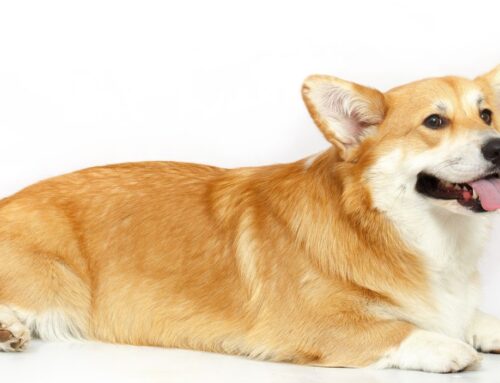

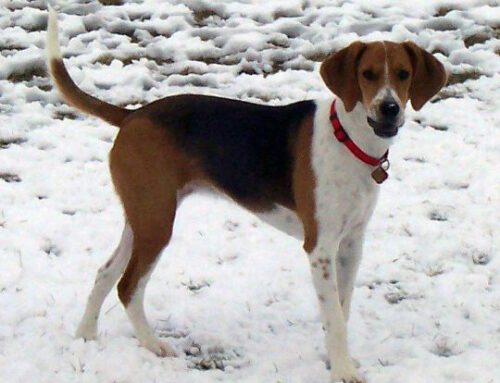
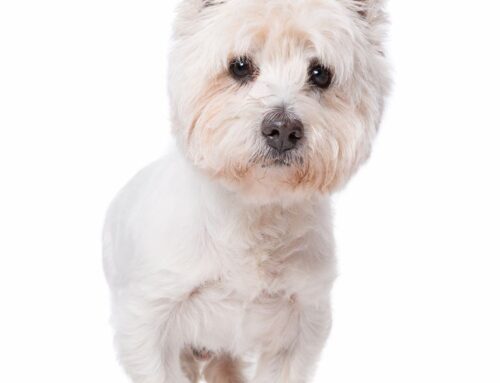

Leave A Comment